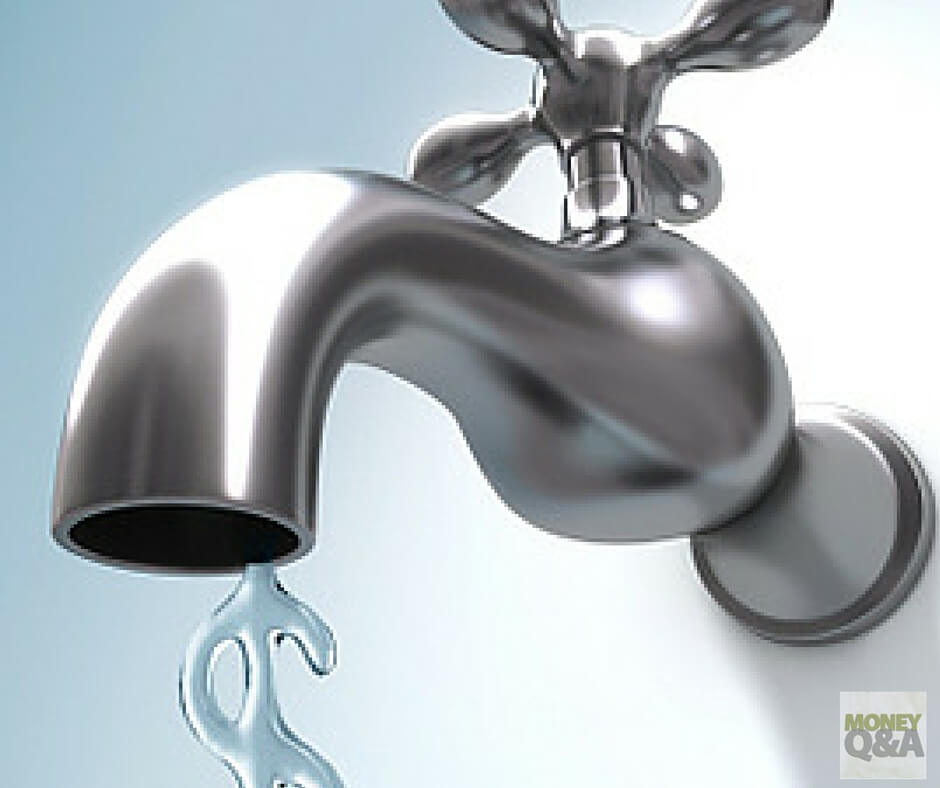
You can all benefit from a bit of plumbing knowledge and understanding, and most areas of the USA enjoy a lifestyle that requires water and sewage plumbing. Whether you like it or not, water and gas supply fittings for plumbing are an inescapable fact of your existence. In preventing leakages and wastage, we save on
- Time
- Money
- Resources
To achieve this, you need to ensure you understand the material that gets used.
Introduction
Many materials can find applications for your water and gas supply fittings. Older homes used to use lead-based pipes, which have been considered hazardous and should get replaced immediately. When you think about making plumbing repairs, the selection of lines comes down to materials used, cost, durability, health risks, and environmental impacts. The most common materials used include:
- Cast iron
- Polyvinyl Chloride (PVC) pipes
- Copper
- Galvanized iron
Polymer-based pipes
If you have a home built between the 1970s and 2000, then the chances are that you have experienced pipe leaks or bursts. If not, you are lucky and should consider checking in with your plumber before it is too late. Sometimes it might be a slight change in the color of the water that can signal it or bubble in the drains, which is never a good time.
The most common polymer-based pipes are PVC, ABS, and PEX. These are made from plastic and are ideal for transporting cold water. The tubes usually degrade under ultraviolet light from the sun and are considered during repiping, requiring curving around obstacles and existing pipe fitting.
Gas pipe systems
Gas pipe systems are used to transfer the gas used for cooking and heating water for bathing. You might have different gases as the fuel, including propane, biogas, and the most common, which is natural gas. Most manufacturers use PVC, copper, aluminum alloys and composites, corrugated steel, galvanized steel, or black steel to make the pipe fittings. Galvanized steel and black pipe are the most common materials for transport. You find that most people do not understand the difference between galvanized steel and black steel.
Copper pipes
Copper pipes are used for long lines of water transport and waste lines such as dishwashers and refrigerators. It is preferred because it is corrosion resistant and does not expose you to health risks. It is easy to cut and install and therefore applied in residential homes. Also, copper is used to transport hot water in boilers due to its high ability to conduct heat.
However, copper is expensive to produce, reaching almost three times the cost of its alternatives. It is also tricky in soldering, and therefore alternative methods of installation are preferred.
Galvanized pipes
Galvanized pipes are made of steel and have a zinc coating to protect them from corrosion. The zinc is used as a sacrificial layer that is oxidized first, extending the duration of operation of steel pipes. The period of the coating is dependent on the thickness of the zinc layer applied.
In standard manufacturing practices, a galvanized pipe can last between 50 to 75 years. The zinc coating prevents the accumulation of minerals that may result in the blocking of the line. This makes them more durable and is preferred in the transport of liquid substances such as water. These pipes supply water to commercial buildings and residential homes in underground lines.
Black pipes
Black pipes do not have a coating and tend to erode more quickly compared to galvanized steel. The name comes from the iron oxide coating formed on the lines during the manufacturing process. This concept reduces the production cost of black pipes, making them cheaper for purchase to consumers.
It makes it more suitable for transporting gases. Also, black steel is manufactured in seamless form, allowing its application to sprinkler systems due to its high heat resistance. Black steel is preferred in gas transportation compared to PVC because it has more tensile strength to withstand disasters such as earthquakes or fire.
Installation
It is advisable to always go for black pipes when considering fitting new lines into your home or desired area. Black tubes have a high melting point at about 1000 F and are easily malleable. High malleability allows you to get threaded black pipe quickly, allowing for customization according to building requirements. It also means that you only require screwing the black lines and fittings instead of welding, compromising its structure.
Safety precautions
You should always ensure you have the proper safety equipment. Liquids and gases flowing can easily hurt people around, and you should take the initiative in acquiring the appropriate signs and warnings. Visible signs of no-smoking zones near propane and natural gas storage areas can prevent hazards from happening. If you are considering repair and renovations, investing in home insurance can save you the hassle and can be used to acquire professionals for services.
This article has focused on some of the materials used for water and gas supply fittings for your home. It would be best if you always considered the supply fitting you want to your home before you go to the local store or call a plumber to your house. Using recommended pipes from trusted sellers saves you much money from costs incurred in future maintenance.
